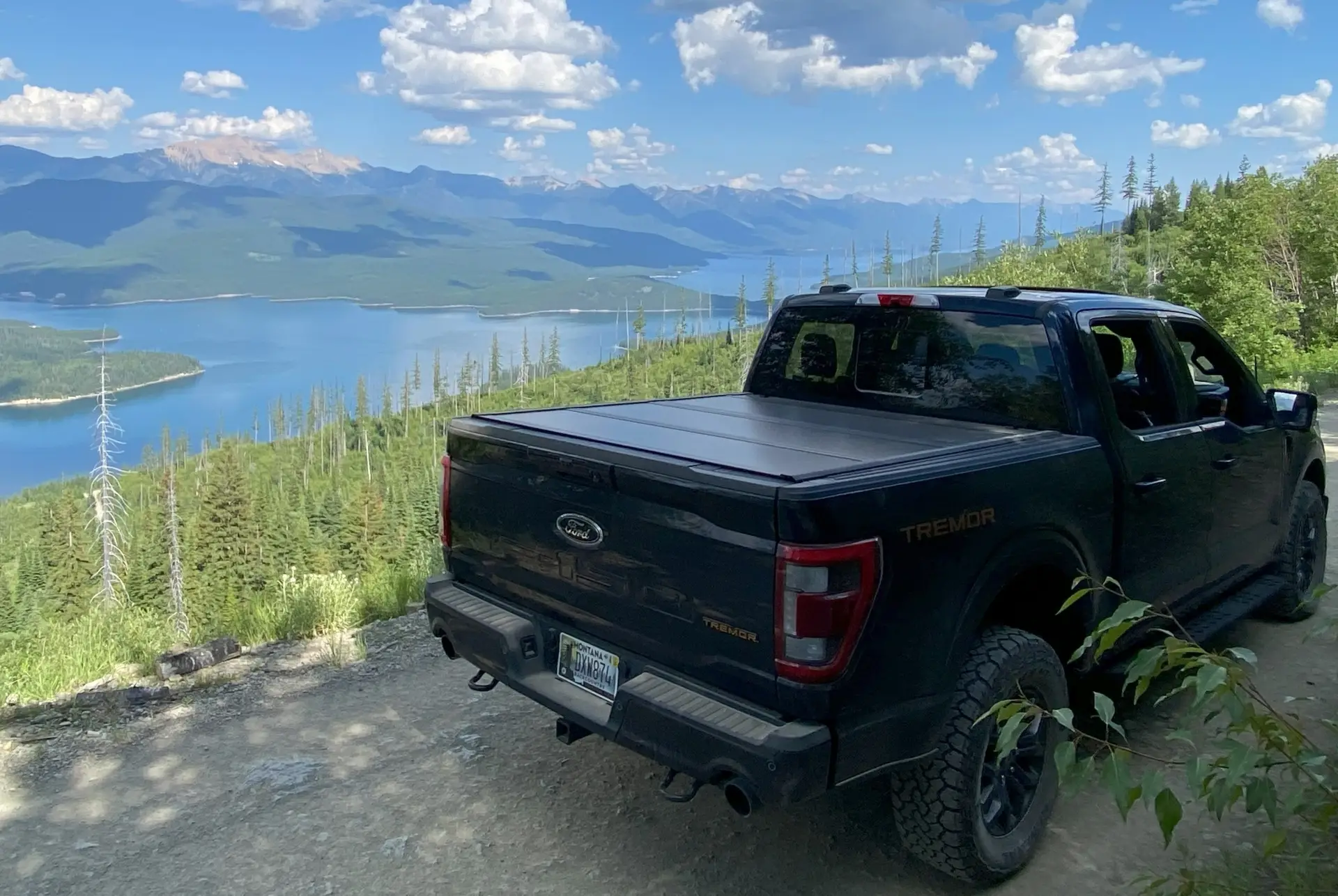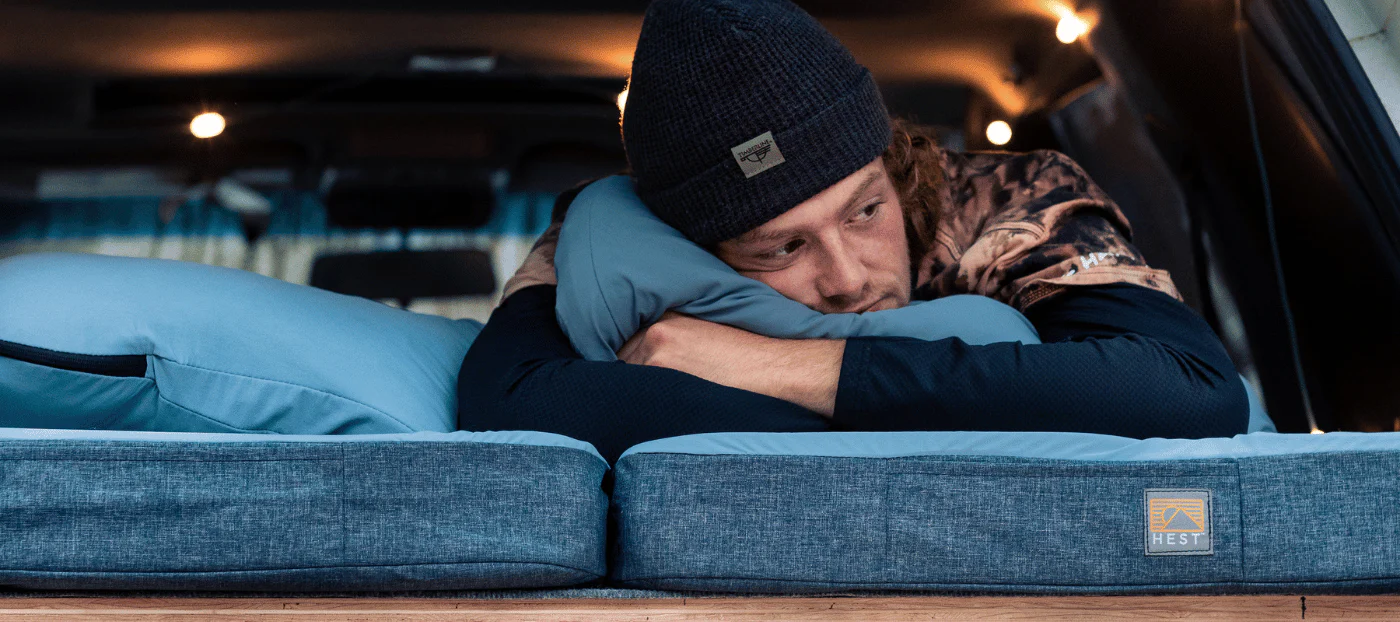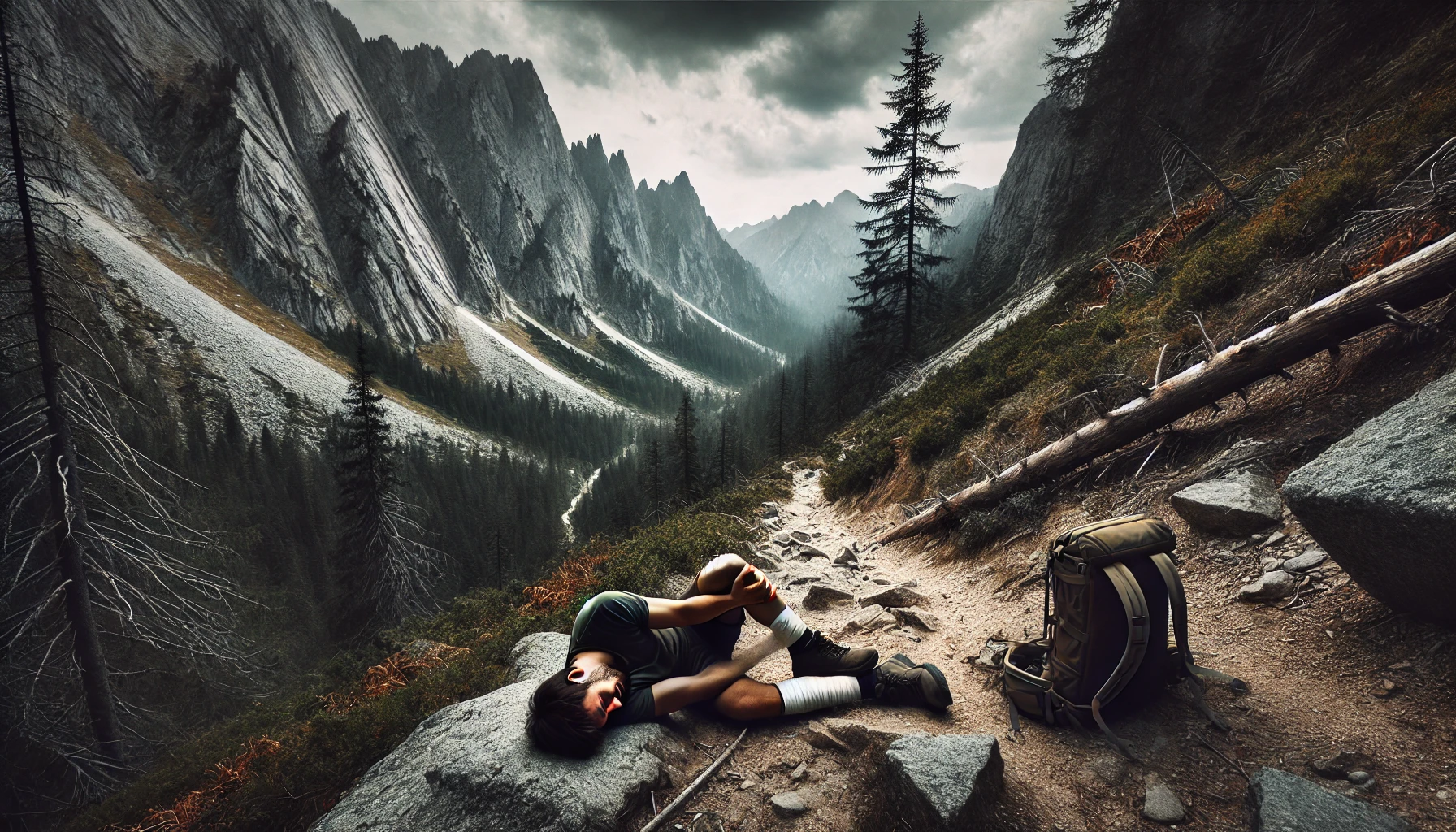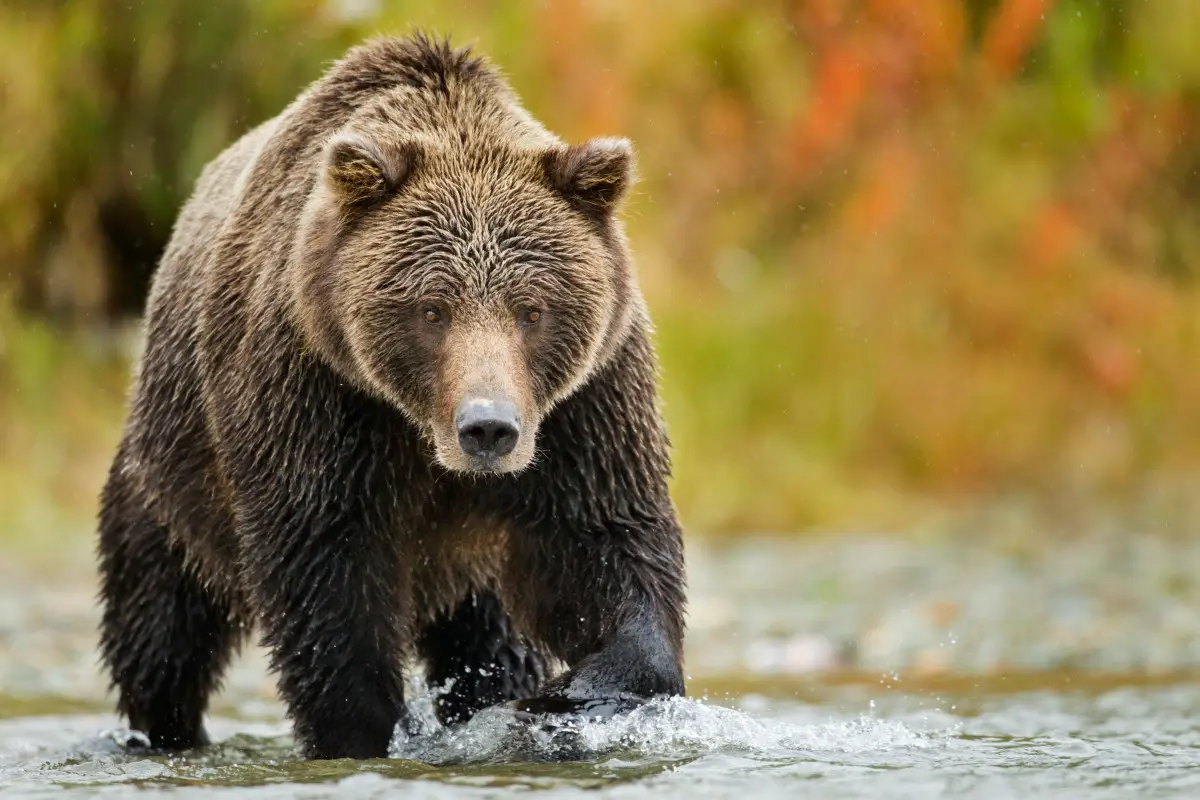
Staying Safe: Tools for Hiking in Grizzly Bear Country
Hiking in grizzly territory requires some additional thought and preparation. We are going to cover 3 different tools commonly sold for bear protection. I’m not going to wade into the bear spray vs gun debate. Everyone has an opinion and rarely is anyone convinced by the other side’s argument. I’m going to give you information and let you decide what tool is best for your situation.
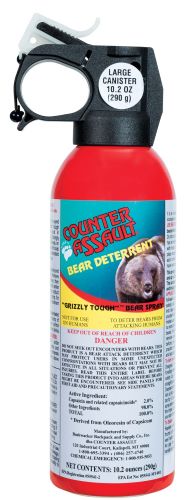
Bear Spray
Bear spray is a pressurized canister containing the active ingredient capsaicin. It is similar in concept to pepper spray but is larger, contains a higher concentration of capsaicin, and shoots out the contents at ranges up to 40 feet. Bear spray has proven to be highly effective and can be easier to use than other options.
When deciding how to carry bear spray, make sure you store it somewhere you can easily reach. Do not store it in your backpack. It does you no good there. Ideal locations are on your belt, chest rig, or backpack straps. They make a wide variety of holsters for carrying bear spray, so figure out the location you are most comfortable with and practice removing it from the holster. They sell inert canisters for you to practice with. I recommend you pick one up. This way you can get comfortable with what it feels like to deploy bear spray and you will have a safe canister to practice your draw with.
To properly use bear spray, follow these steps:
- Remove your bear spray from the holster and slide the plastic safety off the trigger with your thumb.
- For a charging bear, aim the bear spray at its feet, so it will move into the cloud of spray.
- Pull the trigger in short bursts of 2 to 3 seconds. Typical canisters will last from 5 to 8 seconds.
- Continue shooting short bursts at the bear until it stops charging.
Pros
- Beary spray is highly effective at stopping a bear attack. A study looking at bear encounters where bear spray was deployed in Alaska from 1985 to 2006 found that bear spray was effective 94% of the time and prevented severe injury in 98% of cases.
- Bear spray is quick to deploy and doesn’t require perfect accuracy. The main benefit is that when you deploy bear spray, it shoots out over a long distance (20 to 40 feet) and casts a wide cloud. You don’t need to be an expert marksman to be effective with bear spray.
- Bear spray has fewer legal obstacles to deal with than firearms. I live in Montana, a very firearm-friendly state. Here, carrying a firearm or bear spray doesn’t pose any major legal challenges. However, if you travel across the border into Canada or to a state with strict gun laws, firearms become a more challenging option. At the time of this writing, you can cross the border into Canada with bear spray. Bear spray is also legal in all 50 states, though some areas have restrictions. Be sure to research the laws and regulations in the area where you plan to hike.
Cons
- Can be less effective in high winds. Winds at your back will extend the range of bear spray. Winds in your face will lessen the range and potentially send the cloud back at you. Crosswinds, depending on the strength, can carry bear spray away from the bear.
- If used irresponsibly, you can wind up accidentally spraying yourself or others. Also, never store bear spray in a hot vehicle. It can cause the can to explode.
Firearms
Another common tool people use while hiking in bear country are firearms. Both handguns and long guns are used for bear protection. Lever guns and shotguns are common choices for bear protection. Handguns are an area where there is some debate as of late. In the past large caliber revolvers were the main choice for bear protection. In more recent years 10mm semi-automatic pistols with specialized bear defense rounds are becoming increasingly popular. If you choose to carry a firearm for bear protection, make sure you practice, practice, practice. You will need to quickly draw in a high-stress situation, and hit a moving target. In addition to practice, make sure you follow all firearm safety best practices. Carry your firearm in a proper holster that covers the trigger. Like bear spray, have your firearm in an easily accessible location.
Pros
- With a well-placed shot, a firearm can stop a bear in its tracks.
- In windy conditions, a firearm might be the better option. A bullet, at close range, is not going to be impacted by the wind like bear spray will be.
Cons
- Firearms are less forgiving than bear spray. With bear spray you are sending out a wide cloud of spray. With firearms, you need to hit a moving target in an area that will disable the bear and stop the charge. The level of difficulty and skill required to be effective is higher with a firearm than bear spray. In the same study I quoted above, handguns were found to be 84% effective, while long guns were 76% effective. A lower effectiveness rate for firearms makes sense since they are more difficult to use than bear spray.
- Depending on where you are hiking, firearms may not be an option due to the laws in that location. Make sure you do your research.
- Irresponsible handling of firearms can result in injury or death. Always handle firearms responsibly.
Bear Bells
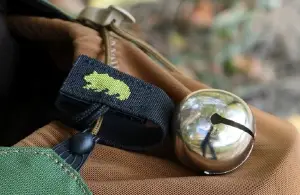
Another commonly sold ‘tool’ for bear protection is bear bells. These are bells you attach to your belt or backpack. The idea is that the bells will make noise while you hike and warn bears of your presence. However, they are widely considered ineffective because the sound doesn’t carry far enough for bears to hear. I don’t recommend bear bells for this reason, and they can also be very annoying to other hikers. If you do decide to use bear bells, make sure you are carrying bear spray or a firearm for actual bear protection.
When hiking in grizzly territory, make sure you are prepared. Choose a method of bear protection and practice with it. While the odds of an aggressive bear encounter are small, the range of the grizzly bear is expanding in the lower 48, and bear encounters are on the rise. Ensure you are ready for any situation.
Matt Vittal
Matt is a software engineer living in Northwest Montana. He is an avid outdoorsman who spends his free time hiking, backpacking, camping, hunting, and fishing.
